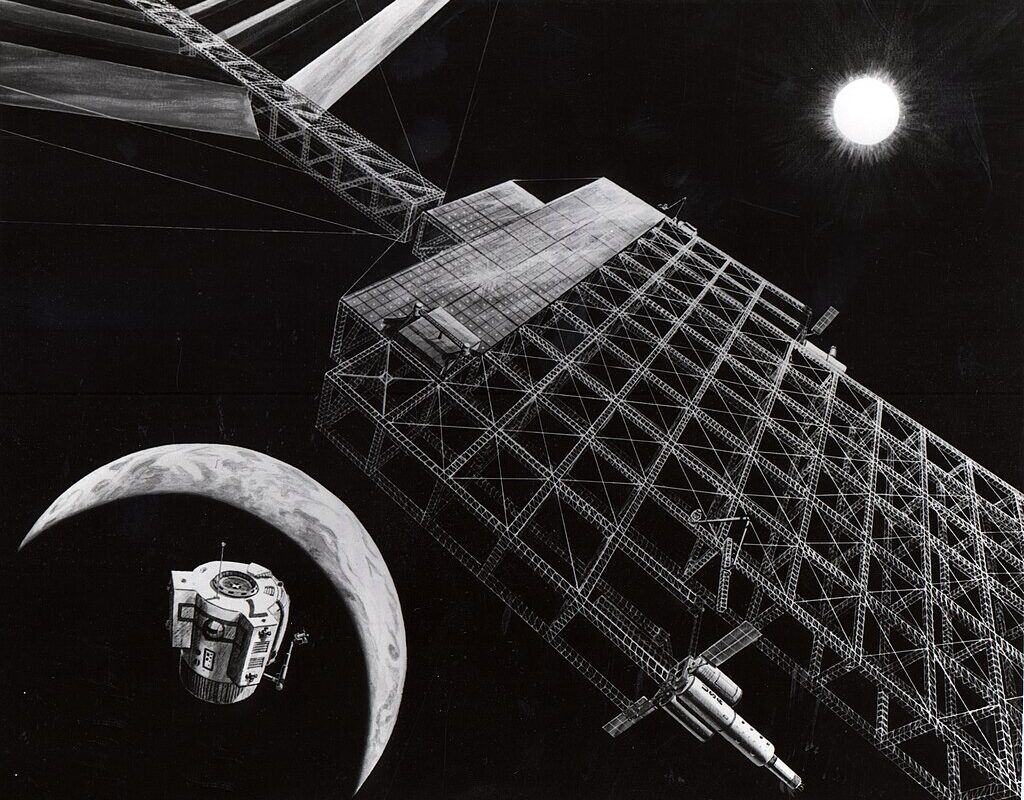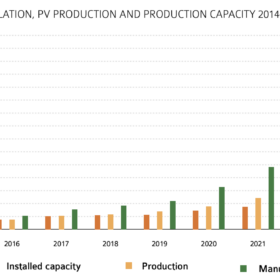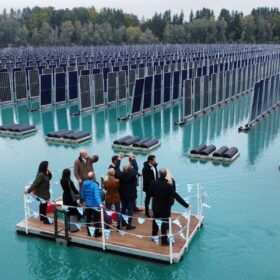瑞士洛桑联邦理工学院(EPFL)与瑞士联邦雪崩与雪研究所(SLF)的研究人员,利用基于计算流体力学(CFD)的积雪分布建模方法,对一种专为高山环境设计的光伏安装结构进行模拟,以建立减少积雪堆积的最佳设计实践。
研究团队针对奥地利工程公司 Ehoch2 开发的专利垂直光伏结构 Helioplant 进行了模型测试。该结构采用十字形承载框架,并配置四翼式光伏板组合,旨在通过形态设计被动减少积雪在组件表面堆积。
“高山光伏系统在冬季展现出较强的发电潜力,这主要得益于积雪对太阳辐射的反射效应,”论文共同作者 Océane Hames 向 pv magazine 表示,“但积雪覆盖或掩埋组件也会导致发电损失甚至造成损害。”
另一位共同作者 Yael Frischholz 表示,目前高山地区光伏系统的最优设计仍未完全确立,无论是小规模试点系统还是未来商业化的大型光伏场站。
因此,研究团队选择对 Helioplant 结构展开重点分析。
为此,研究人员使用了基于 OpenFOAM 的雪输运模拟器 Snowbedfoam,对积雪在风力作用下的运动、堆积和漂移行为进行建模。这是该类模型首次被用于光伏组件结构的详细积雪分析。
Hames 表示,此次模型敏感性分析的目标是为光伏系统规划者提供可直接采用的设计指南。
研究团队结合模拟与实地观测,考察了组件方位角、离地高度、阵列间距、分组规模和整体排列方式等多项参数。分析结果提出了数项初步设计建议,包括:
- 组件离地高度应大于 0.6 米,以减少积雪淤积;
- 组件阵列方向应尽量与主导风向保持平行,即尽可能接近 0°;
- 若采用 45° 等倾角布置,可能会在结构后方形成“无侵蚀积雪带”,增加维护难度。
研究成果发表于《Cold Regions Science and Technology》期刊。论文结论指出,在将光伏系统从小型试点扩展至商业规模时,将 CFD 模拟与小型试验场测试结合具有重要意义。
Frischholz 补充称,该研究方法并不局限于某一种光伏支架类型,研究团队已对更多传统行列式光伏阵列进行模拟,并将进一步研究积雪堆积模式与实际发电损失之间的定量关联,以及在复杂山地地形上的模型拓展。
This content is protected by copyright and may not be reused. If you want to cooperate with us and would like to reuse some of our content, please contact: editors@pv-magazine.com.













By submitting this form you agree to pv magazine using your data for the purposes of publishing your comment.
Your personal data will only be disclosed or otherwise transmitted to third parties for the purposes of spam filtering or if this is necessary for technical maintenance of the website. Any other transfer to third parties will not take place unless this is justified on the basis of applicable data protection regulations or if pv magazine is legally obliged to do so.
You may revoke this consent at any time with effect for the future, in which case your personal data will be deleted immediately. Otherwise, your data will be deleted if pv magazine has processed your request or the purpose of data storage is fulfilled.
Further information on data privacy can be found in our Data Protection Policy.